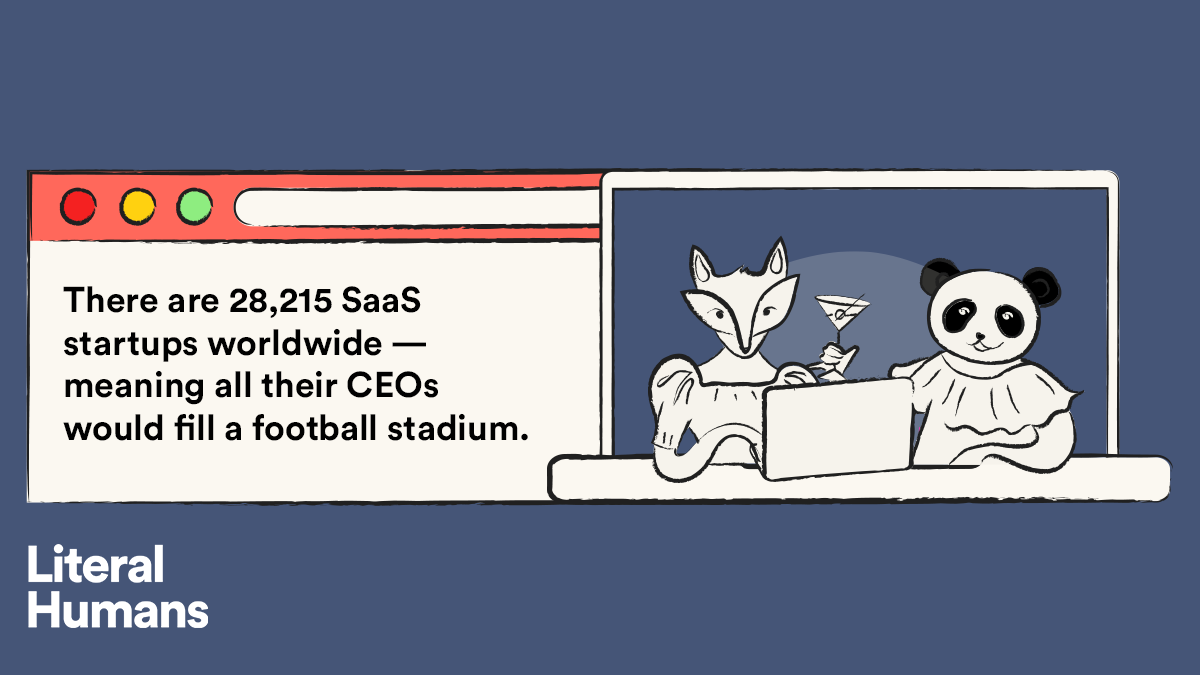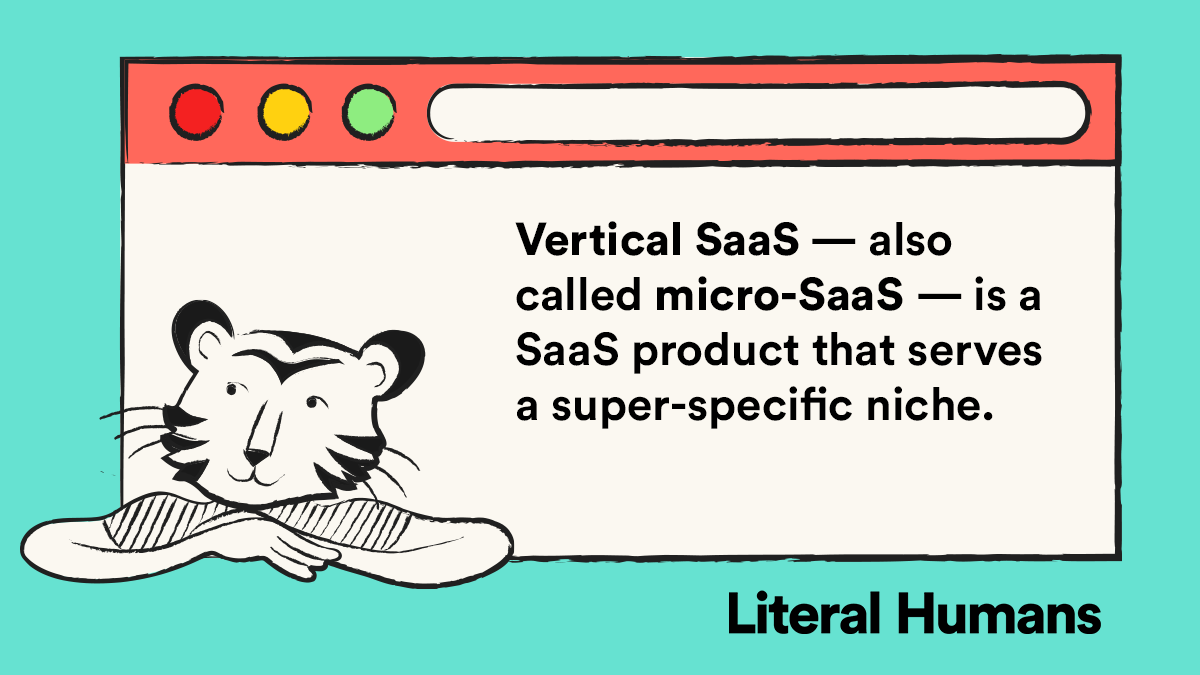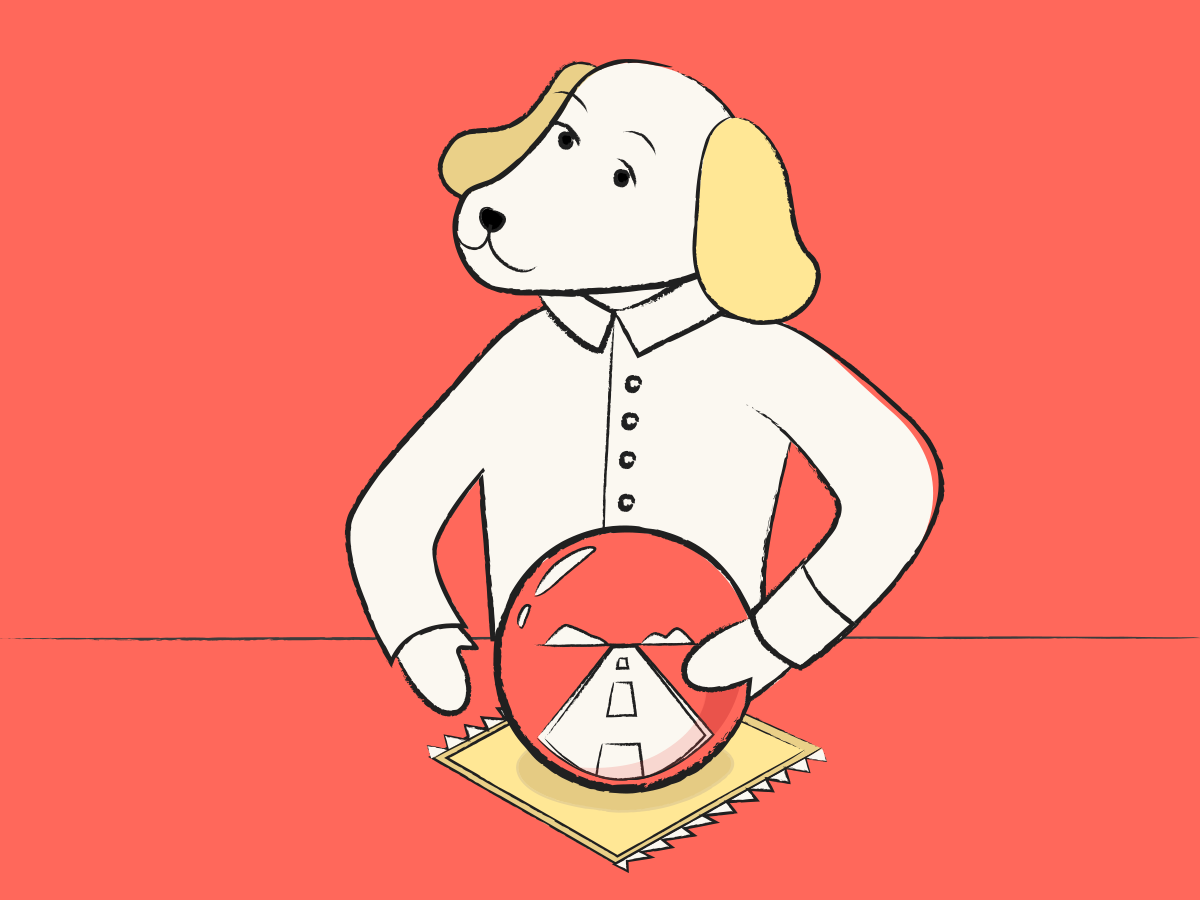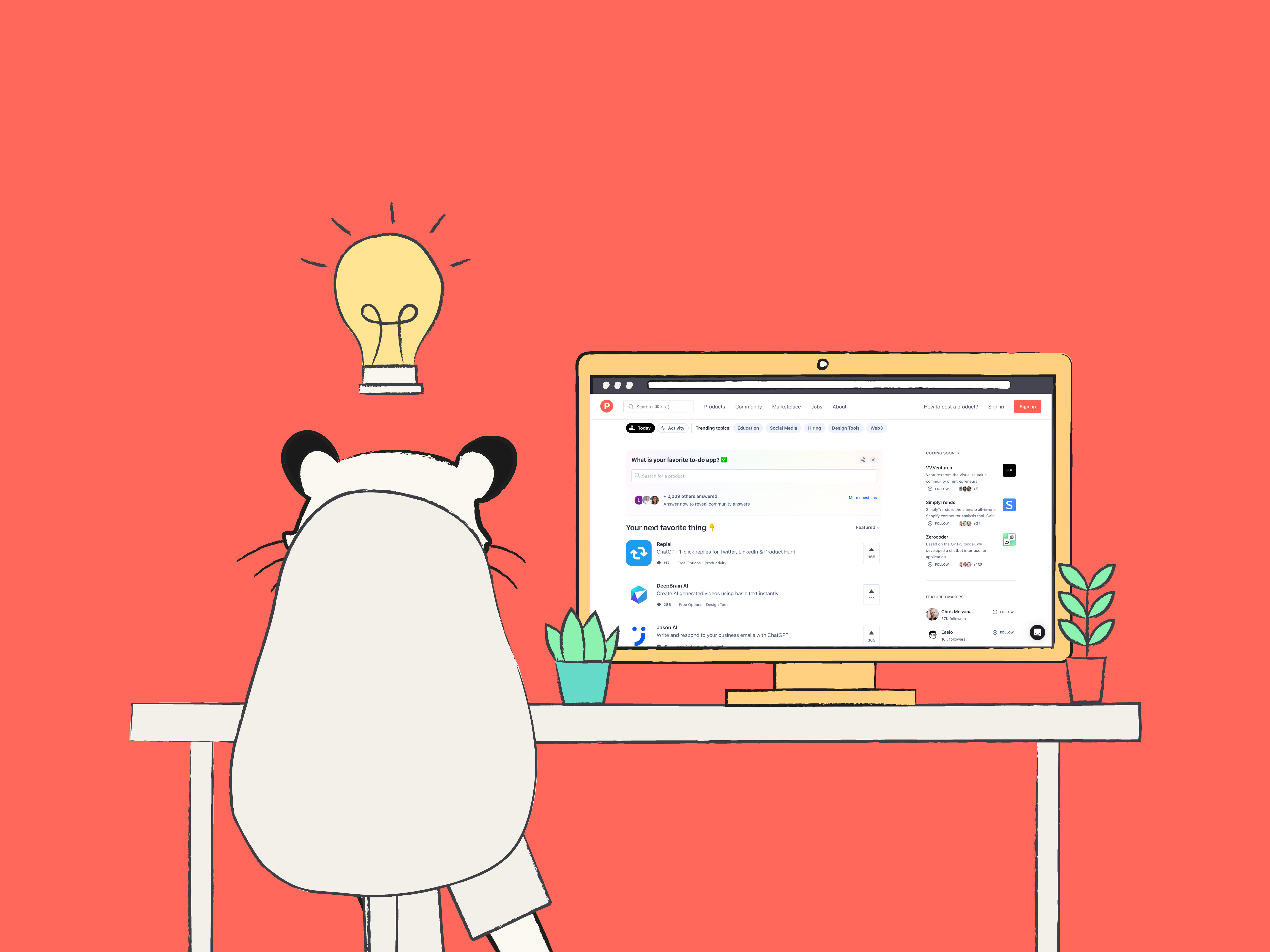As of 2022, there were 28,215 SaaS startups worldwide — meaning if all their CEOs came together, they would fill a football stadium.
At a time when the global economy is in crisis, the B2B SaaS boom shows little sign of slowing down. That’s because SaaS companies are providing the solutions businesses need to survive and thrive in the context of rapid digital transformation and the rise of remote work.
In fact, the future is looking pretty bright for B2B SaaS right now. The global SaaS industry was worth $143.77 billion in 2021 and is expected to grow to $720.44 billion by 2028. That’s a whopping annual growth rate of almost 26%.
There are plenty of opportunities for plucky up-and-coming B2B SaaS startups to make their mark on the world, but competition is fierce, and not all of them will survive. If you want to take a slice of the SaaS pie, you’ll need to stay on top of the latest B2B SaaS trends.
This article will cover a brief history of B2B SaaS, SaaS trends to look out for in 2023 and beyond, and marketing tips for B2B SaaS companies.

What is B2B SaaS?
SaaS stands for ‘software as a service’ and refers to any cloud-based software product you can use in exchange for a monthly subscription fee — no need to purchase or install software on your computer.
B2B (business to business) and B2C (business to customer) are the two main types of SaaS. While B2C SaaS consists of subscription-based products meant for individual consumers — think Spotify Premium or Netflix — B2B SaaS is designed to improve, automate, and streamline business processes.
To understand this difference, let’s take the example of two SaaS apps: EveryDollar and FloQast. Both platforms provide budgeting and accounting features, but EveryDollar is aimed at individuals, while FloQast is the equivalent for businesses.
EveryDollar makes it clear through its messaging, interface, and features that it is meant to help individuals stay on top of their personal finances. Similarly, FloQast highlights its accounting automation, remote collaboration, and document organization features to appeal to businesses.
B2B SaaS companies are thriving in the post-COVID world, but their success story began long before the pandemic. As the great Maya Angelou said, “If you don’t know where you’ve come from, you don’t know where you’re going,” so let’s take a trip down memory lane and review the history of B2B SaaS.
A brief history of B2B SaaS
The 1980s-90s: businesses need new software solutions
In the 1980s and 90s, the price of personal computers gradually became more accessible, and businesses started to shift away from computer sharing — instead, buying a computer for each employee.
More computer equipment and software meant buying, managing, and maintaining servers on-site. It also gave rise to Local Area Networks (LANs) that allowed businesses to host critical data on the central servers and other information on the local computers.
However, this placed a heavy burden of operation, data management and backup, and hardware maintenance onto companies — a burden many small businesses simply couldn’t afford.
In addition, advances in software and technology were evolving more quickly than the hardware. As a solution, providers began working to make their software more independent of the consumer’s hardware, leading to the rise of Application Service Providers (ASPs) in the 1990s and 2000s.
The 2000s: age of the ASP
With the expansion of the internet and its wider availability, businesses no longer had to rely solely on in-house servers or LANs to store and manage their data.
People began to realize it was easier and more cost-effective to store their data off-site and access it through the internet. The companies providing these internet-based services were Application Service Providers, the precursors of SaaS.
ASPs offered services such as managed business apps and hosting services. The most common apps hosted by ASPs were customer relationship management (CRM) platforms.
The 2010s: from ASP to SaaS
ASPs made a good start but failed to deliver on their ambitious promises, which included easy deployment, low costs, seamless updates, and fully-featured remote applications. One of the major sticking points was that with ASPs, the vendor had to manually create each login and environment for its customers, making it difficult to scale.
With their self-service model and out-of-the-box features, SaaS solutions were different. They fulfilled the promises of ASPs and began providing unique, additional value to businesses. At first, many people believed SaaS was only suited to startups and small businesses, but the software became scalable for larger companies and enterprises. Plus, there was no need for a network manager, as the SaaS applications managed themselves.
SaaS began providing a number of key features and improved functionality that cemented its place as the dominant tech solution in both B2B and B2C markets, including automation of business processes and integrations with other apps and software platforms.

B2B SaaS: The road ahead
The B2B SaaS model looks set to stay and continue growing in the coming years. Gartner predicts that global cloud spending will reach nearly $397.5 billion by the end of 2022 — with B2B SaaS accounting for $145 billion of that spend and expecting 40% growth over the next two years.
What’s more, the number of SaaS platforms that launched initial public offerings (IPOs) in 2021 increased by 25% over the previous year.
So what does the future hold for B2B SaaS? Let’s take a look at some of the B2B SaaS trends worth paying attention to.
Accounting is preparing to move to the cloud
SaaS accounting software automates many of the repetitive processes accountants once performed manually, leaving them free to focus on strategy and value-adding activities. But accounting professionals are demanding more from their software.
The B2B accounting SaaS platforms of the future will provide features such as compliance, leave entitlements, and wage subsidies. They will also harness AI and machine learning for data analysis.
Enterprise resource planning will dominate
Enterprise Resource Planning (ERP) software solutions are an integrated type of software used to manage day-to-day business activities such as accounting, project management, risk management, compliance, and supply chain operations.
ERP SaaS is gaining popularity as implementation becomes faster and prices more cost-effective.
B2B SaaS will improve customer experience
CRMs are a time-tested player in the B2B SaaS world — in fact, CRM Salesforce, which launched in 1999, is considered the world’s first SaaS platform. CRMs are an essential tool for increasing customer retention and reducing churn.
One of the ways they do this is by improving the customer experience through customer experience management (CXM) solutions. These platforms use CRM data to improve customer experience across all touchpoints through automation and personalization.
B2B omnichannel is the next normal
Just a month after the pandemic began, more than 90% of B2B companies had switched to a virtual sales model, according to McKinsey. This sudden shift changed the way B2B SaaS sales take place, and as a result, more than 70% of businesses now prefer doing business online. By contrast, only 25% of B2B customers wish to continue in-person interactions with salespeople.
Therefore, we can expect to see B2B SaaS vendors offering omnichannel experiences for their target companies based on speed, transparency, and technical support.
Artificial intelligence will be everywhere
SaaS platforms across both B2B and B2C are already using AI and machine learning to optimize their processes and user experience.
For example, in HR SaaS, AI is improving and automating talent search and hiring processes. Another area benefiting from AI is, of course, big data analytics since the AI programs are capable of running calculations and analyses that would take decades to do with human power.
Marketing and CRM will also start integrating AI to automatically generate everything from SEO content to email copy.
The rise of vertical SaaS
The term ‘vertical SaaS’ refers to SaaS products whose features cater to a super-specific target audience.
For example, the company Brightwheel — which has raised $8.8 million in funding — created a product specifically tailored to improving learning for children in daycare. By focusing on daycare rather than the entire education system, they can provide features that address the needs of parents and teachers of preschool kids.
These ultra-niche B2B SaaS platforms are also called micro-SaaS, and they’re growing in popularity as users turn away from one-size-fits-all in search of something that fits their particular needs.

Content marketing will continue to reign
As organic reach tanks across social media platforms such as Facebook and Instagram, B2B SaaS companies will pivot their marketing efforts to focus more heavily on SEO content marketing.
Organic reach on Google searches is still relatively high compared to these social media giants. According to Sparktoro, around 45% of Google searches result in a click on an organic search result — which is lower than it used to be but still higher than on many social media platforms.
Top tips for B2B SaaS Marketing
Marketing a B2B SaaS business requires a dedicated strategy that’s different from marketing a B2C product. The buyer journey for B2B SaaS is usually longer than B2C, with leads requiring more nurturing and touchpoints. Your customers want to be sure they’re choosing the best solution for their needs so they can onboard the whole team for the long term.
On the other hand, churn rates are generally lower for B2B SaaS, so an important aspect of your marketing will be nurturing existing customer relationships to keep those churn rates as low as possible. Here are our top four tips for B2B SaaS marketing.
Refine your product page
Your product page is the first place many potential customers will learn about your SaaS product, so it’s essential to get it right.
Tailor your product page to your target audience, providing a detailed and easy-to-follow description of the problem your product solves and how.
It should include mobile mockups, helpful screenshots, and specific guides that walk potential customers through how to use the product while helping them imagine their life after buying it.
Invest in content marketing
Companies don’t just want to buy a good product — they want to buy from a reliable business, and creating stand-out content is what will position your brand as a market leader.
Creating timely, high-quality content for your website that ranks on Google will drive traffic and sales and — perhaps more importantly — establish you as a competent voice in the market for your chosen niche.
It’s no wonder 90% of marketers using content marketing will continue investing the same amount into it the following year.
Experiment with your content marketing strategy to include long-form SEO blogs, infographics, how-to guides, product videos, social media creatives, and other creative channels to create an ecosystem of powerful content around your SaaS product.

Offer a free or discounted trial version
If your product is new in the market, this move is a must, as most companies are unlikely to onboard a new SaaS product without taking it for a test drive first.
Offering discounts, trial versions, and demos to give potential customers a glimpse of what it will be like to incorporate your SaaS product into their daily work lives. Then, ask them for honest feedback to help you refine it further.
Don’t forget your re-engagement strategy
Don’t just abandon your customers once you’ve closed the sale. Nurture them with email marketing campaigns, mixing general communications — such as a monthly newsletter and product updates — with more personalized touch points.
Remember to treat your customers like human beings who bring value to your community, and not just a number that boosts your bottom line. Adopting Human-to-Human (H2H) marketing strategies is one way to stand out in a sea of stuffy product demos and pushy salespeople.
The future of B2B SaaS is here
B2B SaaS has come a long way from its early iterations and looks like it’s here to stay. However, if you want your product to survive in a cutthroat market, you’ll need a solid marketing strategy.
Marketing in these dynamic times is no mean feat — especially if you’re a growing SaaS company with a rapidly-evolving product. That’s why many SaaS companies partner with an agency like Literal Humans.
At LH, we specialize in H2H digital marketing for B2B SaaS, with a focus on tech for good. We’ve helped SaaS companies such as Wise and Playbook grow, and we can do the same for you. Book a strategy call to learn how.









